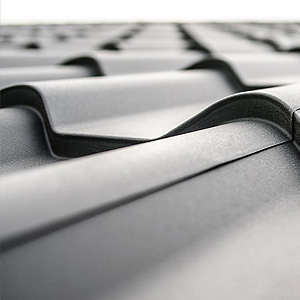Is steel the same wherever it’s produced? That’s a question that has to be examined from many angles. Chinese steel, for instance, is inexpensive because the Asian nation manufactures more of this ferrous-based alloy than the rest of the industrialised globe combined. But there are qualitative concerns to consider here, not just the quantity-based metrics that financial types employ. Interestingly, that quality-based approach favours Australian made steel over the imported Chinese alloy.
Investigating Quality Disparities
In a global market that’s biased towards volume, the fight for quality is a tough one. The sheer mass of processed steel is based in China, but does the relatively inexpensive price tag attached to the iron alloy also equal a cheap structural build? Objectively speaking, the processing technology used in this all-encompassing Asian nation has been known to take shortcuts. One example of this practice is boron treatment (www.telegraph.co.uk), a stage that makes sense financially but can also seriously undermine the metal’s strength. If that material were to be used in a structural capacity, a serious weak link could be introduced into a structure’s support frame. In short, there’s no room for “might be” and “could be” in construction, which is why a reliable manufacturing source must be sourced. Unequivocally, that source is found when you purchase Australian made steel, not the imported Chinese alloy.
Supporting the Local Economy
This part of the narrative talks about support, but it’s referring to economical reinforcement, not the physical, rigid support offered by reliable Australian steel. First of all, a significant quantity of raw iron ore is extracted from Australian soil. That ore then finds its way to the Asian marketplace, perhaps because of tax cuts or some hard to explain bureaucratic reason. Processed in huge volumes, the ore benefits from a foundry system that produces more steel than any other nation, but why use a middleman at all? If the industry is to tick upwards financially, then the ore should go directly to an Australian steel manufacturing facility. Granted, there are more foundries in China, but the logistics of the matter still favour the contiguous land spaces where the ore was extracted. In other words, if the iron ore came out of an Australian mine, then the steel should be processed in an Australian foundry.
The arguments you’ve seen put down in words today place a question mark above Chinese steel quality. Iron ore extraction and economical bias then push the figurative objectivity needle towards Australian made steel. In conclusion, a massive iron processing platform is a tempting purchasing proposition, but opt for Australian made steel instead. Driven by quality, not quantity, you’ll receive steel products that are as reliably forged as they are best-suited for their application.
